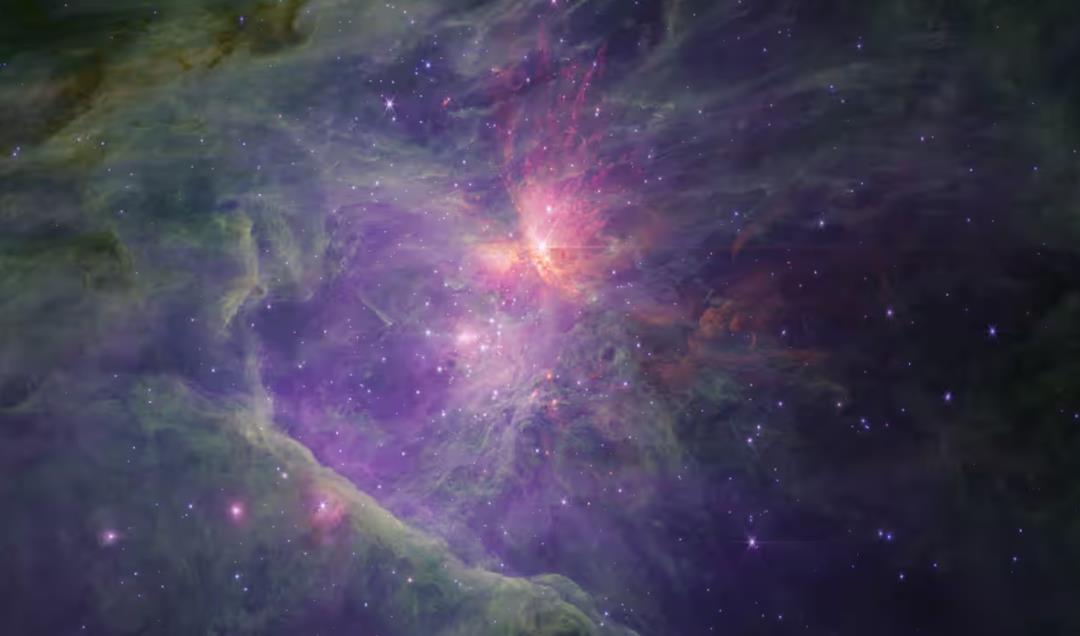
The James Webb Space Telescope has unveiled unprecedented discoveries that defy existing theories. Among these discoveries are nearly 150 Jupiter Mass Binary Objects (JuMBOs) spotted in the Orion Nebula, which are planet-sized objects that are too small to be stars and not in orbit around a star. These JuMBOs, often found in pairs, have been observed to be just 1 million years old and have high surface temperatures of approximately 1,000 degrees Celsius, rapidly cooling over time. However, their existence challenges current understandings of star and planetary formation. The New York Times and the Guardian provide further details.
According to the Guardian, existing theories suggest that the smallest stars must be at least 80 times the mass of Jupiter to fuse hydrogen. However, the JuMBOs discovered in the Orion Nebula have been found to have masses as small as one Jupiter mass, challenging the limits of physics. The discovery team led by Mark McCaughrean of the European Space Agency reveals that these objects may have been expelled from a planetary disc around a star, but the observation of 42 JuMBOs in binary pairs defies chaotic explanations proposed by experts.
Denial of responsibility! Vigour Times is an automatic aggregator of Global media. In each content, the hyperlink to the primary source is specified. All trademarks belong to their rightful owners, and all materials to their authors. For any complaint, please reach us at – [email protected]. We will take necessary action within 24 hours.


